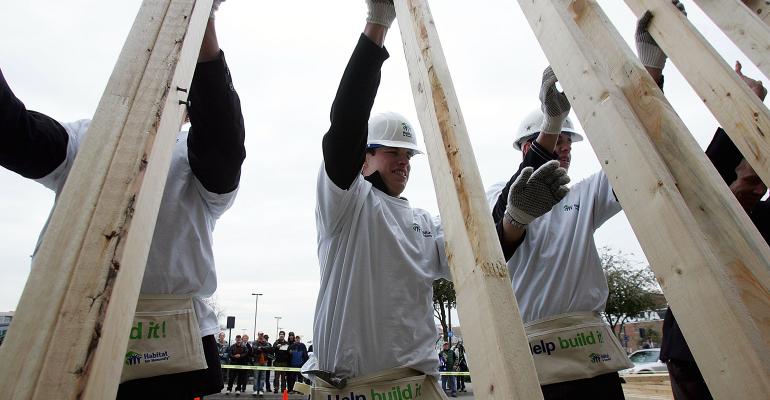BOSTON — “It seems like your research is telling us to get involved with our client’s charities,” Ted stated as he set the groundwork for his question. “But how does one find all the time that’s going to be required?”
Valid point, but Ted’s missing the point.
Through our affluent research, we identified the top three non-business activities that advisors engaged in with clients that had a direct correlation to unsolicited referrals:
- Had a social lunch
- Worked alongside in charitable efforts
- Did something socially
Our 2017 Word-Of-Mouth-Influence (WOMI) Report reinforces the importance of making this area more of a priority. Of advisors who were in the top segment and received 10+ unsolicited referrals and personal introductions annually, the majority got involved with their top client’s charities.
I’ll paraphrase my conversation with Ted, but essentially it revolved around priorities. If he’s interested in acquiring more affluent clients, working alongside a top client in a charitable event ranks in the top three non-business activities leading to new clients. Why? Few things strengthen relationships and are discussed more than getting involved with the charitable activity of clients.
This was new ground for Ted. He’d never been involved with his client in this way and didn’t know where to begin. I shared the following, which is a simple process we use in our coaching. Think in terms of your top 25 clients…
- Know each client’s charitable interests. Our affluent research suggests that not all financial advisors are doing as well as they could in this area. Only 44 percent of today’s affluent think their advisor knows their charitable interests.
We recommend systematically gathering personal information which will include their charitable interests. This needs to be approached with care as you don’t want to make a client feel guilty if they don’t have any charitable interests. - Get more information about the organization. What is their mission and cause? What’s the scope of the charity? Is it local, state, or national? What type of fundraisers do they hold? How are the funds distributed?
- Determine each client’s involvement. Some clients may simply contribute money while others might be more involved; on boards, chairing committees, etc. If your client’s involvement is donating money, you can make a donation in your client’s name — however it’s not the same as working alongside your client at a fundraiser.
- Determine how you can get involved. Now is the time to inquire about the specifics. What is actually involved? What time commitment would you be looking at if you got involved? Is manual labor involved? (building a house if you have a bad back isn’t a good idea) Who will be involved? What’s the ultimate goal of the charitable event?
Clients who are personally involved in their charitable interests would love for you to work alongside them at an event. This type of philanthropic involvement is a wonderful win-win-win: the charity, your client, and the WOMI being spread on your behalf — which our research reports can lead to 10 or more referrals.
Matt Oechsli is author of Building a Successful 21st Century Financial Practice: Attracting, Servicing & Retaining Affluent Clients. www.oechsli.com





